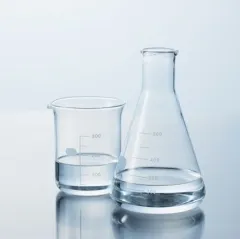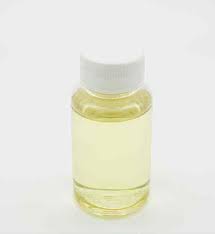**What Do Soap and Surfactant Molecules Have in Common? A Look at Their Secret Shapes**
(How Are Soap And Surfactant Molecules Structurally Similar)
You know how soap magically cleans grease off your hands? Surfactants in shampoo do the same for oily hair. These molecules are like tiny superheroes fighting dirt. But what makes them work so well? The answer lies in their hidden design. Let’s break it down.
Picture a soap molecule. It has two parts. One part loves water. The other part hates water but loves oil and grease. Think of it like a person with one foot in a pool and the other on a sandy beach. The water-loving part is called “hydrophilic.” The oil-loving part is “hydrophobic.” This split personality is key to how soap works.
Surfactant molecules have the same structure. The word “surfactant” comes from “surface-active agent.” This means they act where two things meet, like water and oil. Whether it’s soap in your bathroom or detergent in your laundry, all surfactants have that same two-part shape. The hydrophilic head grabs onto water. The hydrophobic tail clings to grease.
Here’s how it works in real life. When you wash your hands, soap molecules swarm around grease or dirt. The hydrophobic tails stick to the grime. The hydrophilic heads face outward, toward the water. This forms tiny bubbles called micelles. These micelles trap the grease. Then, when you rinse, the water carries the micelles away. Goodbye, dirt!
Surfactants in other products work the same way. Shampoo lifts oil from your hair. Dish soap attacks food grease on plates. Even laundry detergents use surfactants to pull stains out of fabric. The molecules might look slightly different chemically, but their two-part structure stays the same.
Why does this matter? Without this design, soap wouldn’t clean. Water alone can’t break down oil. Oil and water don’t mix. Surfactants fix this problem. They bridge the gap between the two. The hydrophobic tail dives into the oil. The hydrophilic head stays in the water. This pulls the oil into the water, breaking it apart.
This structure also explains why soap makes bubbles. When you agitate soapy water, air gets trapped between the hydrophilic heads and hydrophobic tails. The molecules arrange themselves into thin layers, creating foam. More surfactants mean more bubbles. This isn’t just fun—it shows how surfactants spread and interact with surfaces.
Not all surfactants are identical. Some are harsher, like those in heavy-duty cleaners. Others are gentle, like in baby shampoos. The variations depend on the chemicals in the head and tail. But the core idea remains: a split personality for tackling dirt.
Even your body uses natural surfactants. Your lungs produce a surfactant to keep air sacs from collapsing. Without it, breathing would be harder. This shows how the same basic design solves problems beyond cleaning.
(How Are Soap And Surfactant Molecules Structurally Similar)
Next time you wash your hands, remember the tiny tug-of-war happening on your skin. Soap and surfactant molecules are quietly doing chemistry’s dirty work. Their clever shape turns impossible tasks—like mixing oil and water—into everyday miracles.
Inquiry us
if you want to want to know more, please feel free to contact us. (nanotrun@yahoo.com)




